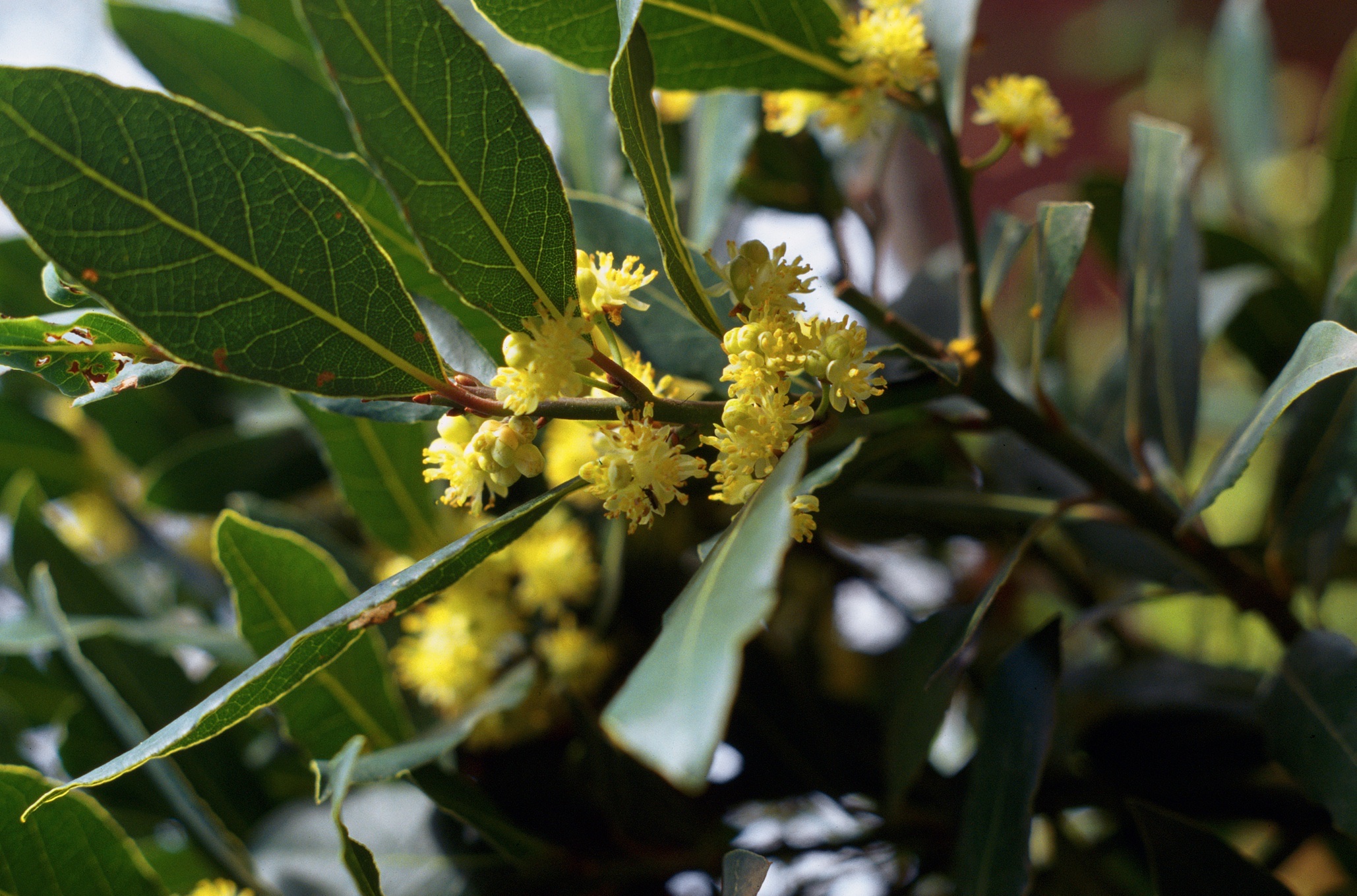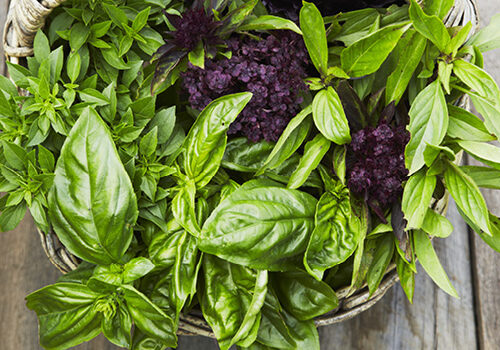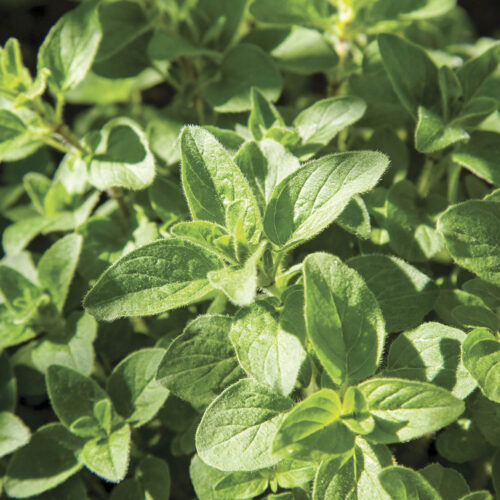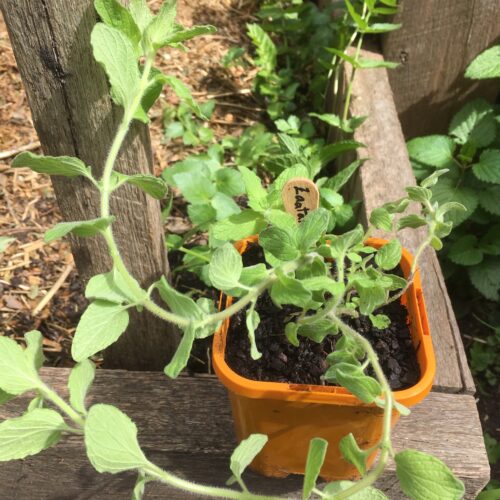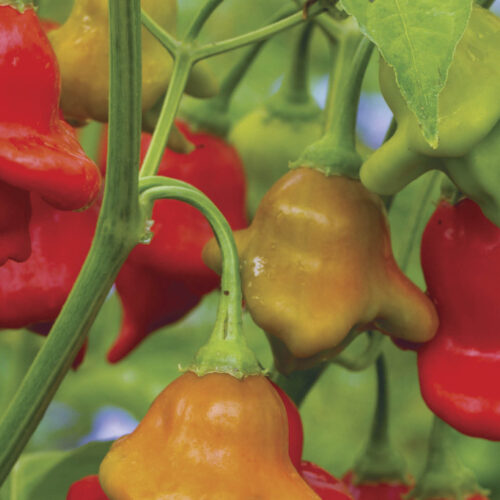The virtuous bay
2017-02-09T21:00:00+11:00
Plant a bay, says PENNY WOODWARD, it's one of the most useful trees you can grow.
Bays (Laurus nobilis) were seen by the old herbalists as a virtuous tree that “resisteth witchcraft very potently”. The Greeks dedicated them to Apollo, the sun god. The Delphic priestesses, oracles of Apollo, held bay leaves between their lips as they made prophesies. In Greek and Roman cultures, victors, heroes, academics and artistic figures were rewarded with a wreath or crown of bay leaves. This gave rise to the terms ‘baccalaureate’ and ‘poet laureate’. As you can see they have a rich history.
Bays are unusual in the world of herbs because they can grow into large trees, sometimes as high as 20 metres. But they are very slow growing and with careful pruning make excellent lawn specimens, topiary trees, pot plants or hedges. They are tough, useful, evergreen aromatic plants with shiny, dark-green elliptical leaves. Male and female flowers grow on different trees but all are greenish yellow and fairly inconspicuous. The flowers on female trees, once fertilised, develop into dark purple berries. Bays grow in most soils as long as the drainage is good, but like lots of sun and protection from harsh winds, especially cold. Young trees don’t like frosts but become more resistant as they grow.
Grow bay trees from seed, cuttings or by detaching suckers. As seeds rarely germinate unless conditions are ideal (which includes constant temperatures around 24°C) and cuttings of semi-ripe shoots taken in summer can take up to 6 months to develop roots, the average gardener is probably better off buying an established plant or taking a sucker from an existing tree.
Use bay leaves either fresh or dried – fresh leaves are much more flavoursome – and home dried or fresh have so much more flavour than the pale leaves found in supermarkets: you’ll think you’re tasting a different herb. Add them whole to soups, stews, casseroles and meat sauces, removing before serving.
One or two fresh bay leaves placed in food containers will prevent moths and bugs from infesting flours and cereals, and put between the pages of a book will help to repel silverfish. In fact, the whole tree is disease and pest resistant and will protect other plants in the area from many insect pests.
The bay tree has been credited with numerous medicinal properties over the centuries, but is probably most useful now as an oil that brings relief when rubbed into aching limbs and muscles. Combine two handfuls of crushed fresh leaves, enough light olive oil to cover and one tablespoon of white vinegar in a screw-topped jar. Leave it on a sunny windowsill, shaking regularly for a month. Strain and use when needed.
Bay trees are supposed to protect us from devils, witches, thunder and lightning so obviously no garden should be without one!

